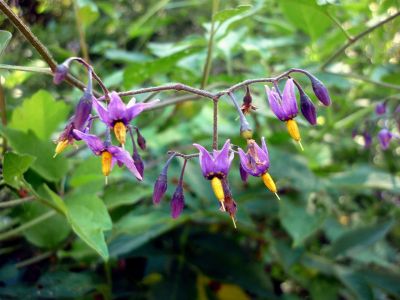Mapping low oxygen stress in plants

SOLANUM DULCAMARA
By Isidre blanc (Own work) [CC BY-SA 4.0 (http://creativecommons.org/licenses/by-sa/4.0)], via Wikimedia Commons
Researchers have gained new insights into how plants respond, at the molecular level, to a lack of oxygen. This could help improve crops grown in low-oxygen environments.
In the face of climate change and a growing population, superior crops are needed to ensure food security. A lack of oxygen (hypoxia) in some regions is a stressor affecting plant productivity, but little is known about the primary hypoxia-signalling pathway in plants.
The aim of the EU-funded 'Primary hypoxia signalling in plants' (HYPOXSI) project was to shed light on how plants respond to hypoxic environmental conditions. Advanced techniques were used to identify a large number of genes potentially involved, and to define their relationship with physiological changes observed during hypoxic stress.
One of the plants that researchers studied is the ecologically relevant bittersweet nightshade (Solanum dulcamara). They found that common plant stress hormones, namely ethylene, auxin and abscisic acid, played a role in the hypoxia response.
These findings may be of use to plant breeders, and in fact prompted a collaborative effort from a plant breeding company. This is testament to the potential socioeconomic impact of this kind of research, and lays the foundation for further investigations.
published: 2015-04-17

